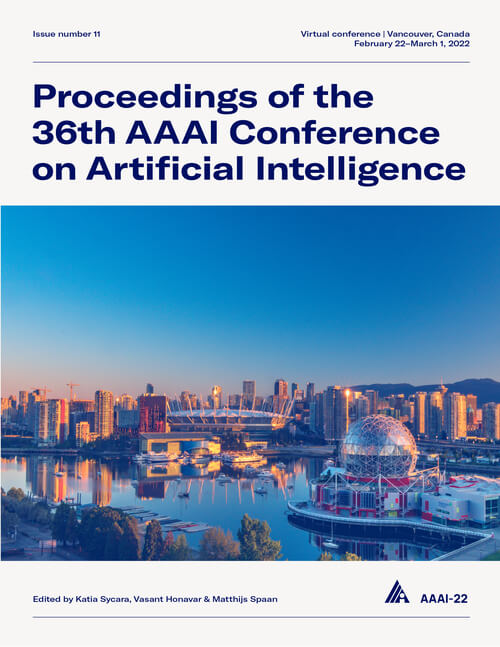Optimal Tensor Transport
DOI:
https://doi.org/10.1609/aaai.v36i7.20672Keywords:
Machine Learning (ML)Abstract
Optimal Transport (OT) has become a popular tool in machine learning to align finite datasets typically lying in the same vector space. To expand the range of possible applications, Co-Optimal Transport (Co-OT) jointly estimates two distinct transport plans, one for the rows (points) and one for the columns (features), to match two data matrices that might use different features. On the other hand, Gromov Wasserstein (GW) looks for a single transport plan from two pairwise intra-domain distance matrices. Both Co-OT and GW can be seen as specific extensions of OT to more complex data. In this paper, we propose a unified framework, called Optimal Tensor Transport (OTT), which takes the form of a generic formulation that encompasses OT, GW and Co-OT and can handle tensors of any order by learning possibly multiple transport plans. We derive theoretical results for the resulting new distance and present an efficient way for computing it. We further illustrate the interest of such a formulation in Domain Adaptation and Comparison-based Clustering.Downloads
Published
2022-06-28
How to Cite
Kerdoncuff, T., Emonet, R., Perrot, M., & Sebban, M. (2022). Optimal Tensor Transport. Proceedings of the AAAI Conference on Artificial Intelligence, 36(7), 7124-7132. https://doi.org/10.1609/aaai.v36i7.20672
Issue
Section
AAAI Technical Track on Machine Learning II

